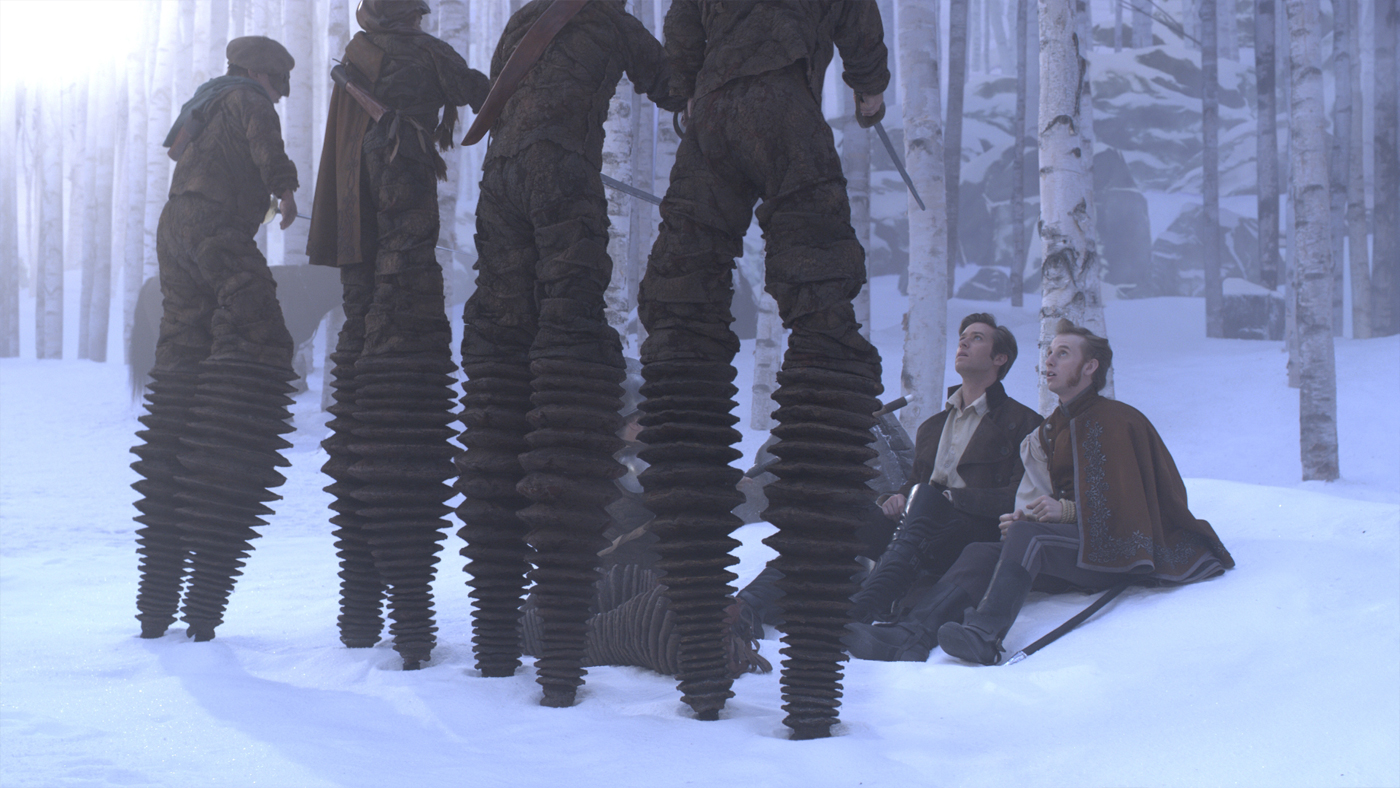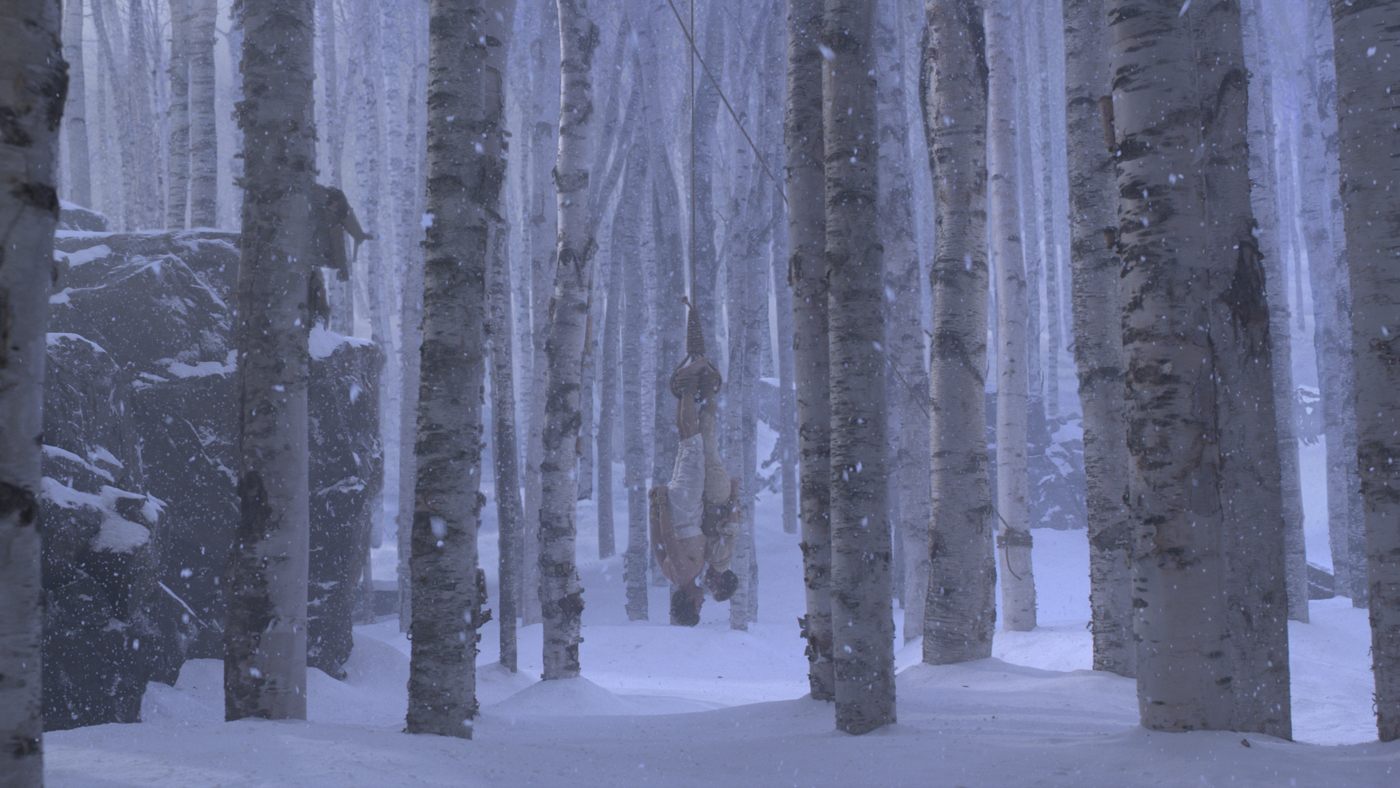Martin Pelletier began his career in the VFX almost 10 years ago. Before joining the teams of Modus FX, Martin worked at Hybride and Buzz Image Group and participated in projects like ETERNAL SUNSHINE OF THE SPOTLESS MIND, SIN CITY or 300. At Modus, he oversaw the CG for project such as SUPER or SOURCE CODE.
Can you tell us about your background?
I finished my training in 3D computer graphics at Cyclone Arts and Technologies in September 2001, yes, just before the attacks in New York … So I had to be very patient to finally get my first job at Hybride Technologie as an tracking artist and render wrangler for 8 months! Thereafter, things have tumbled very quickly. I made the back and forth between Buzz Image Group and Hybride as an generalist artist to finally focus on the textures, lighting and matte painting. Then, I joined Modus FX in 2008, at the very beginning, as Artistic Director in charge of look development for the first 3 years of the company. I eventually decided to leave my machine to gradually take my current role as VFX Supervisor.
This is the second collaboration between Modus FX and Tarsem Singh. Can you tell us more?
Indeed, Modus was selected for the film IMMORTALS to work on two short sequences that allowed us to develop a trusting relationship and to prove our efficiency to Tarsem and his production team. So the door was wide open for a second consecutive collaboration on the film MIRROR MIRROR. The workload of more than 200 shots came to confirm the impression that Modus had left on the first collaboration.
How was the collaboration with Production VFX Supervisor Tom Wood?
Excellent. Tom Wood is a supervisor at once exceedingly accurate in his comments and conscious about the production time. We therefore referred so as to put the emphasis solely on which improved each shot.
Can you tell us what Modus did on this film?
Modus has delivered a total of 194 shots that are essentially 2D and 3D set extension, CG snow and some split screen shots.
What was the real size for the birch forest set?
The interior built by the production measuring approximately 82 feets by 236 feets.
Is the back of the set was a painting or a green screen?
Production first took up the challenge of making a painting of birch forest on black background. During the editing, they had to face the facts that a digital extension would be necessary.
What materials did you use on the set to retrieve all necessary information?
We were contacted by the production after filming was finished, so I have no information about it.
What references and informations have you received from Tarsem for the set?
Production has provided us with a 3D scan of the set and the size and multiple reference pictures. The indications for the choice of trees were used with birch branches at the top only.
How did you manage to recreate the trees and rocks?
The birches are pictures taken by Modus and applied on cards to ease the layout in both Softimage and Nuke. About the rocks, they have all been modeled in mid-rez and textured with pictures of rocks on the set. The 3D volume was more important to keep the rocks rather than the trees.
Can you explain in detail the creation of the set extensions?
Each extension was composed of 2D trees applied on cards, rocks modeled and textured in 3D, a 3D ground and a forest background with generic lighting and shadows generated by the matte painting department. The layout of trees and rocks on the ground was done by the 3D department, then an export to the Nuke of the same layout allowed compositors to make positioning adjustments of the assets until the very last minute to make the final shot. This procedure has also greatly helped us to avoid the back and forth between the various departments to apply the changes requested by Tom Wood.
How did you create the digital snow?
We used Maya to generate several sequences of generic snow at different scales to cover the foreground, the midground and background for the majority of the shots without parallax. For shots with more complex camera movement, we had to reuse the same snow recipe, but make it specifically for each shot.
Modus FX teams have completed nearly 200 shots in 2 months. How have you organized the studio to reach this deadline?
Using an approach that required no specific changes per shots. We divided the 194 shots in 8 groups. Each group was in fact a specific section of the forest. So we created 8 forest extensions that allowed us to cover all angles of a same group of shots.
Have you collaborated with other VFX studios?
Since Modus could not made entirely all the forest shots, other studios such as Rodeo FX and Mokko Studio have received a similar workload. It was therefore essential to have open communication between the three studios to get to create extensions to the same styles.
Have you developed specific tools for this project?
Nothing entirely new, but we adjusted our export tool from Softimage to Nuke to facilitate the transfer of layout scenes.
Except the very short time, what was the other challenge on this film and how did you achieve it?
Without hesitation, the biggest challenge was to build a pipeline that allowed us to quickly change the layout of any shot at the compositing when Tom Wood required to move or add trees at specific locations.
Were there a shot or a sequence that prevented you from sleeping?
A particular shot in which the camera rotates on itself 180 degrees (cork screw) gave us some trouble tracking since the truncated tops of the trees on the set was visible in the final frame which forced us to track real tree extensions.
How big was your team?
51 people in total including the artists and team coordination and supervision.
What is your next project?
Since the end of MIRROR MIRROR, I work on THE CHRONICLES OF RIDDICK: DEAD MAN STALKING.
What are the four films that gave you the passion for film?
BACK TO THE FUTURE, INDIANA JONES, THE MATRIX (only the first … like most people) and PULP FICTION. Yes, I know how I looks cliche on my choices.
A big thanks for your time.
// WANT TO KNOW MORE?
– Modus FX: Dedicated page about MIRROR MIRROR on Modus FX website.
// MIRROR MIRROR – VFX BREAKDOWN – MODUS FX
© Vincent Frei – The Art of VFX – 2012










